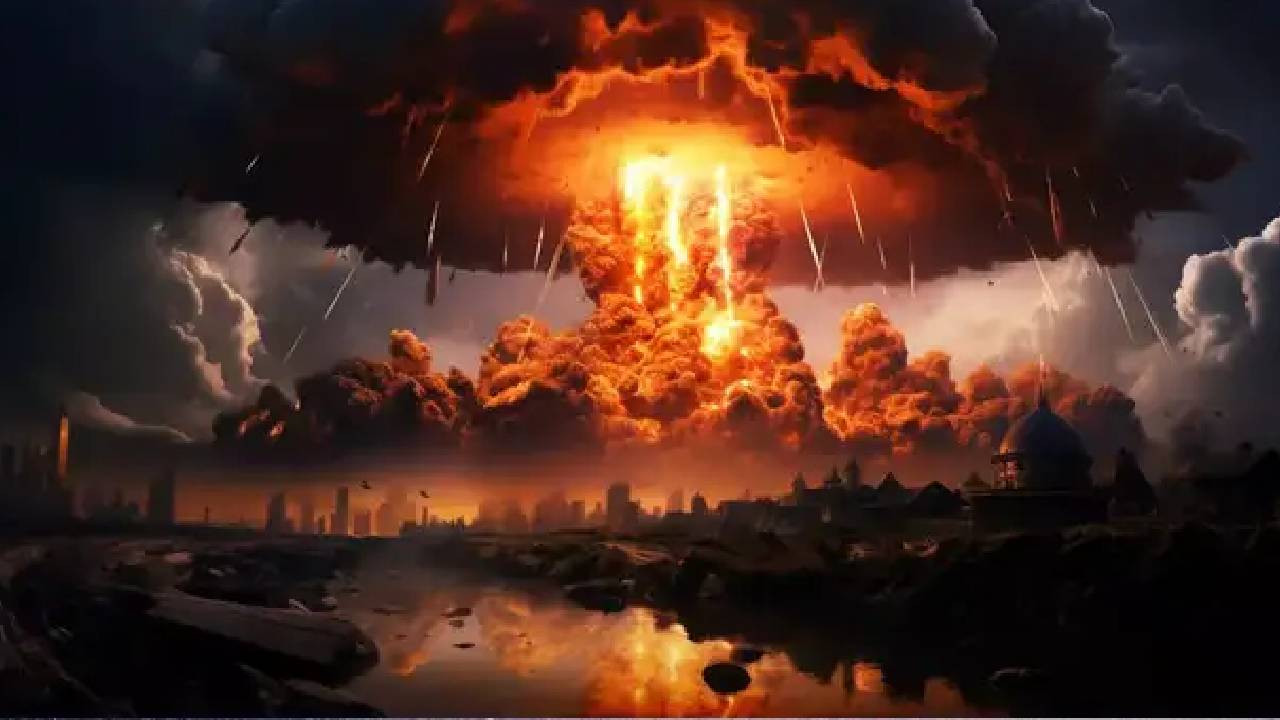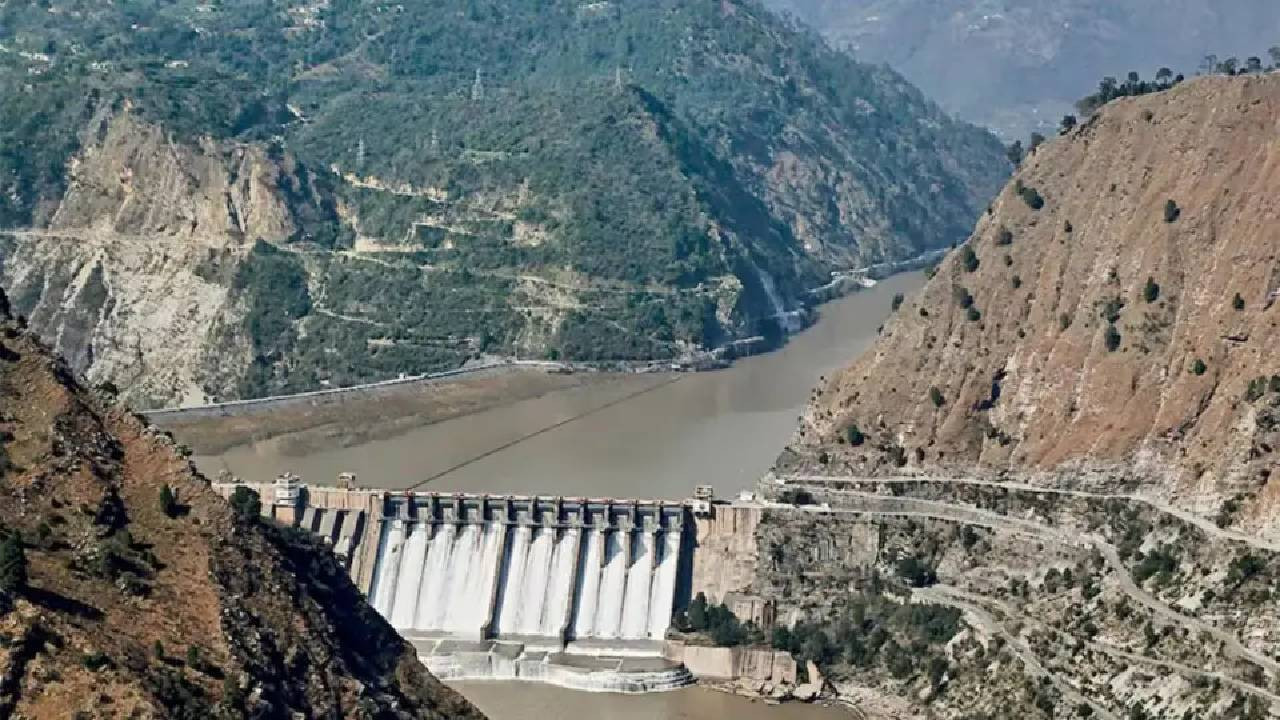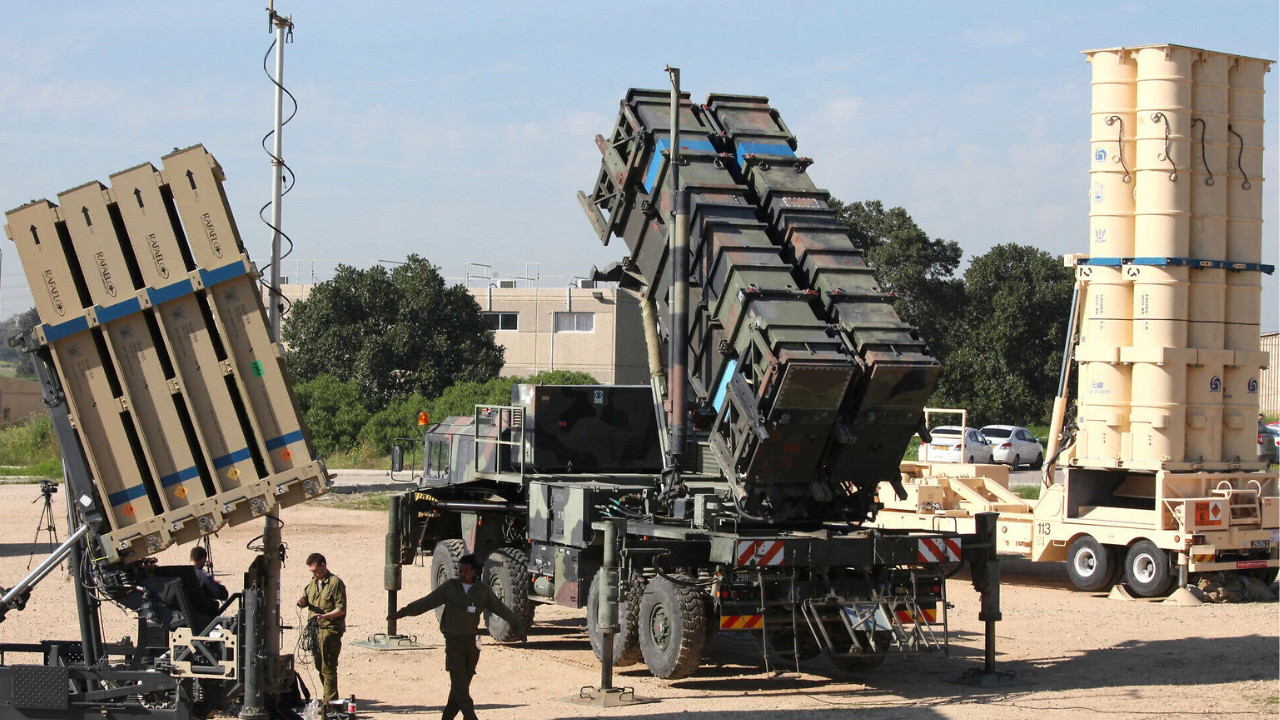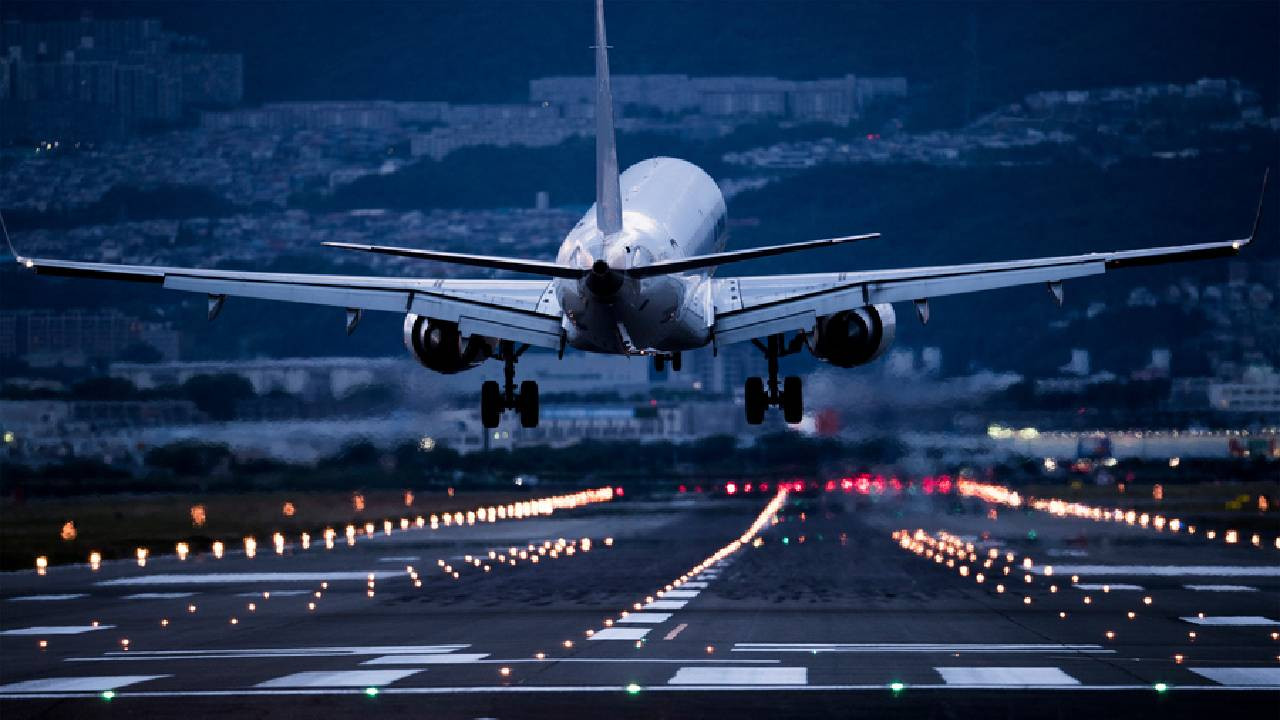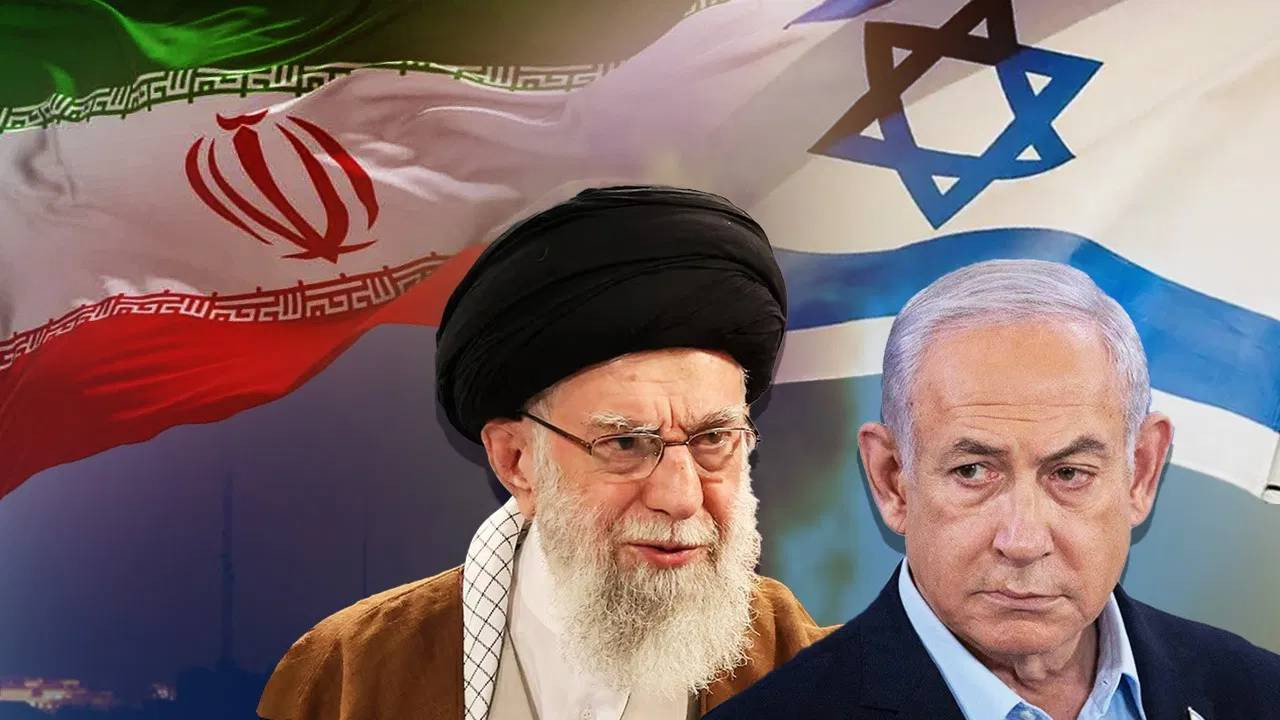National News: Recent intelligence suggests that all nine nuclear-armed countries—USA, Russia, China, France, UK, India, Pakistan, North Korea, and Israel—are actively upgrading or expanding their nuclear capabilities. After a period of gradual reduction, stockpiles have begun to increase again, marking a worrying shift away from disarmament. SIPRI’s report indicates that the rollback began post2016, coinciding with rising geopolitical tensions in Asia, Europe, and the Middle East. Modernization efforts include advanced missile systems, sophisticated submarines, and new delivery technologies. The result is an accelerating arms race characterized by stealth capabilities and rapid deployment readiness.
Asia’s Nuclear Flashpoints Intensify
In Asia, the nuclear threat is especially pronounced. China, India, and Pakistan are aggressively enhancing their arsenals, each testing improved missile systems in recent months. Pakistan’s drills are often viewed as reactions to India’s own upgrades, which, in turn, are partly driven by China’s expanding nuclear sea and land forces. North Korea, meanwhile, continues its uranium enrichment and missile launches, posing a threat to regional stability. These overlapping security dynamics make South Asia one of the most dangerous nuclear flashpoints today. Analysts warn that a single miscalculation could trigger a catastrophic incident.
Superpowers Lead the Modernization Charge
The USA and Russia, though holding the bulk of the world’s nuclear weapons, are also renewing their arsenals. Washington is investing in next-generation warheads and submarine systems, while Moscow is testing hypersonic glide vehicles and advanced ICBMs. China is not far behind, having launched its first new ballistic missile submarine in recent years. Western European powers—France and the UK—are refurbishing older missiles and updating delivery mechanisms. Israel, under ambiguous nuclear policy, has reportedly continued covert updates to its deterrent. The cumulative effect is a renewed nuclear revival with no signs of slowing.
Risk of Unchecked Escalation
The current global posture, marked by modernization and mutual suspicion, raises the specter of accidental or deliberate nuclear conflict. SIPRI director Dan Smith warns that as more nations develop hypersonics and low-yield nukes, command-and-control systems may be vulnerable. With new technologies shortening launch decisions and increasing error margins, crisis stability is more fragile than ever. Diplomatic channels have weakened, arms-control agreements like New START are under strain, and no new treaties are on the horizon.
A Fork in the Path Forward?
While some governments advocate for renewed arms-control dialogues, the current political climate favors armament. Experts argue that without credible disarmament initiatives, each upgrade feeds into a self-reinforcing arms race. Civil society groups are calling for treaties limiting hypersonic and submarine-based nukes. But with strategic mistrust at historic highs, cooperation seems increasingly elusive. The world now faces a pivotal choice: deepen the deadlock of nuclear deterrence or rekindle trust through diplomacy and disarmament.


